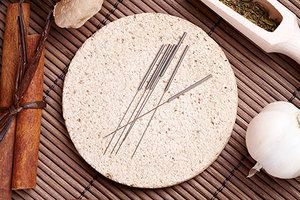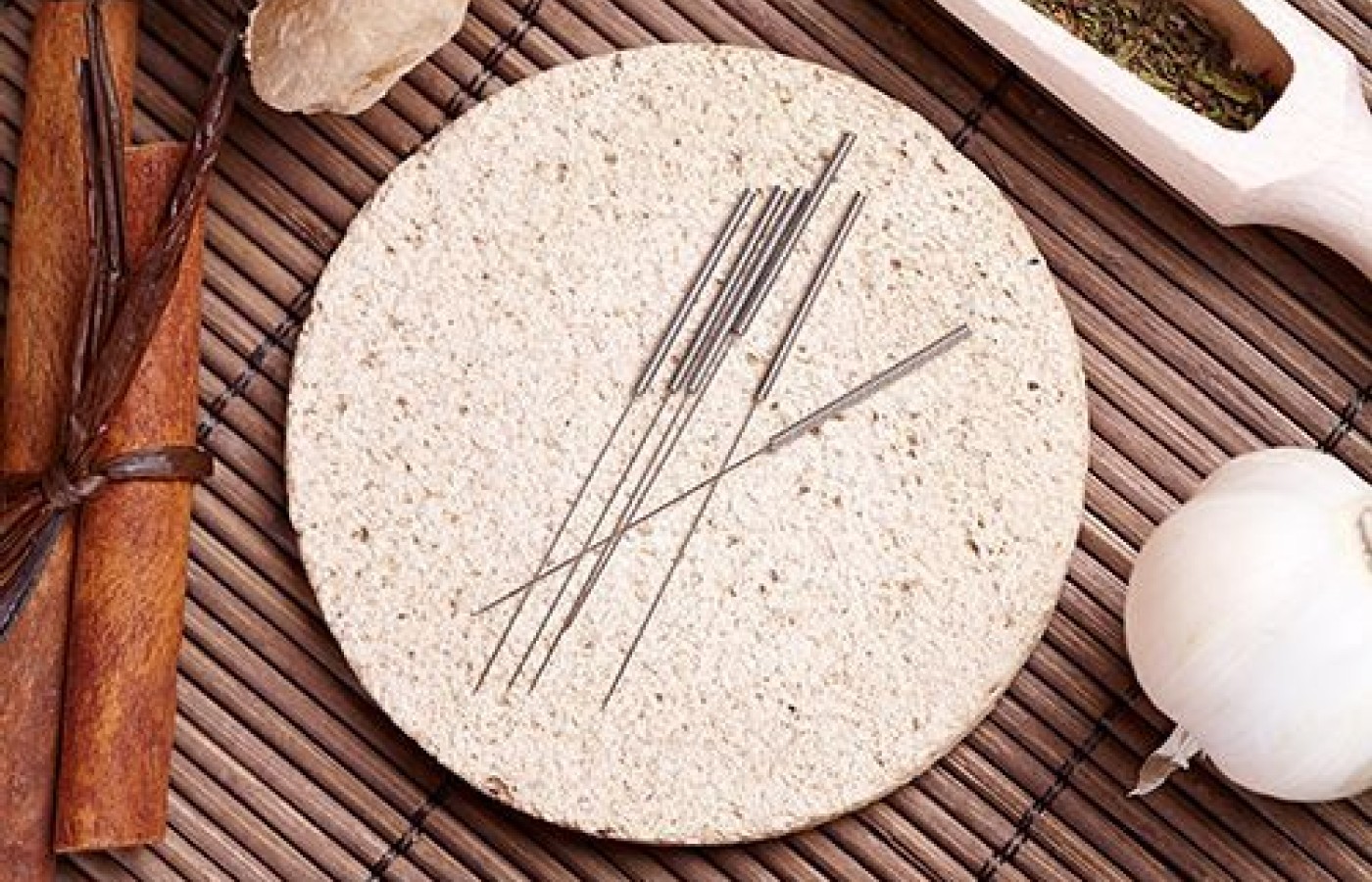Whether you accept it, avoid it or live somewhere in between, insurance coverage has become a defining issue for our profession. Patients increasingly expect to use their benefits, practitioners want to be compensated fairly for their time and expertise, and the system itself remains – at best – fragmented. The encouraging news is that coverage has expanded in meaningful ways. The challenging news is that reimbursement, across the board, remains inadequate.
Fire Needling for Cold Patterns
In more than 10 years practicing Chinese medicine in the Philippines, I have always wondered why most patients' tongue presentations are cold patterns. The climate of the Philippines is tropical and maritime. It is characterized by relatively high temperatures and high humidity. I was expecting a lot of heat presentations, but to my surprise, almost 90 percent of patients display cold patterns.
During my inquiries, I always ask patients: What do you drink? What do you eat? Do you use an air conditioner when you sleep? What is the temperature? I discovered the primary reasons are overindulgence of cold foods and drinks, and overuse of air conditioners in the office and at home.
Eventually, I was not surprised when patients complained about neck and upper back pain and stiffness. I tried acupuncture with moxa, together with electric stimulation. The pain and stiffness were relieved, but only for a day; the signs and symptoms came back on the following day.
Then I tried fire needling for these cases. The feedback from patients was very encouraging. So, I'd like to share with you some of my clinical experiences using fire needling.
Fire Needling in The Yellow Emperor's Inner Classic
The Yellow Emperor's Inner Classic, Ling Shu, mentions that the ninth needle, described as the big needle, is the fire needle (jiu yuē cu√¨ c√¨) and the practitioner of fire needling can use this needle to treat bi syndrome (cu√¨ c√¨ zhĕ, c√¨ fán zhēn z√© qŭ b√¨ yĕ).1
The Yellow Emperor's Inner Classic, Su Wen, says that when the pathology is in the level of bone, which is the deepest and most chronic level, then fire needles or herbs that are heated are recommended (b√¨ng z√†i gŭ, cu√¨ zhēn y√†o y√πn).2
The Modality and Explanation of Effect

The key modality used in the treatment is a burning needle. The needle must be heated to a glowing red color, then swiftly inserted into the site where the patient feels the pain. The heat of a fire needle dissipates rapidly into the area; maybe less than a second. Retain the needle in the skin for five minutes, letting the heat of the needle directly melt the stiffness of the area.
Therefore, fire needle therapy can stimulate acupuncture points and expel the cold in the affected area, and has a moxibustion effect at the same time, so it can promote the circulation of qi and blood, eliminate blood stasis, and dissolve the cold nodule in the area.
In traditional Chinese medicine, fire needle therapy has the effect of warming and freeing the yang qi of the body, and repelling wind and cold dampness in the meridian.1
The Patterns Ideally Suited for Fire Needling
According to the Yellow Emperor's Inner Classic, Ling Shu, fire needling can treat cold bi syndrome. Signs and symptoms are severe pain in one joint or muscle, with limited movement of the affected area, and aversion to cold.
According to the Yellow Emperor's Inner Classic, Su Wen, when the pathology is at the level of bone, and it is deep and chronic, fire needling is recommended. The pattern I see in the clinic is chronic kidney yang deficiency. Signs and symptoms are cold and soreness in the knee and lower back, aversion to cold, frequent night urination, incontinence, edema, and diarrhea in the early morning.
Treatment Protocol
- Filiform needles – sizes: length 0.5 cun,1 cun; gauge 30, 32.
- Procedure: Light the burner, then heat the needle on the blue flame. When the needle is red hot, insert it into the points swiftly; depth of insertion about 0.4 cun. Retain the needle for five minutes with the TDP on the treatment area.
Case #1: 52-Year-Old Male
Chief complaints and history: In 2017, the patient came in with a complaint of whole back pain, more on the upper back, on and off for one year. The Western diagnosis is ankylosing spondylitis. Upon checking, range of motion of the neck was limited, from 1-10, 10 is the worst, whole back is very stiff, hard and cold. Sleep is shallow, bowel movement once a day. Tongue: pale, deep small cracks, coat is white. Pulse is wiry. Patient is a businessman working in a fully air conditioned office more than eight hours a day.
Diagnosis: local qi and blood stagnation due to long-term cold invasion.
Initial treatment: Fire needle on the hua tu jia ji from C6 – L5, bilateral. Du 20, Si Shen Cong, GB 20, GB 21 UB 40, UB 55, UB 60 and applied TDP on the upper back for 30 minutes. Right after the treatment, patient felt 50 percent of the pain was gone.
Follow-up treatments: weekly treatments and self-care (hot compress).
Results: After weekly treatment for three months, the patient felt much relieved. Range of motion in the neck was not limited anymore, although he still experienced stiffness whenever strong air conditioning was nearby.
Discussion: When cold invaded the body, the qi and blood flow slowed down. Eventually, with minimum qi and blood flow, the patient experienced pain and stiffness. By using fire needling on the affected area, it improved circulation locally with strong heat, and promoted the dissipation of cold in the affected area. For this patient, the affected area was on the urinary bladder channel. Yang qi could not go up due to the cold invasion. After treatment, the blockage opened so yang qi could go up, which is why the patient felt much relief right after the treatment.
Case #2: 86-Year-Old Female
Chief complaints and history: In 2015, this patient came to the clinic due to chronic low energy and low back pain. She was on dialysis three times a week since 2014. She has the history of diabetes and hypertension, and uses Western medicine for both conditions. Her sleep was interrupted, and she experienced occasional constipation. Tongue: pale and dry; coat: thin and white. Pulse: weak.
Diagnosis: Kidney deficiency due to advanced age.
Initial treatment: First 30 minutes: Du 20, Si Shen Cong, Ren 6, Ren 10, St 25, Li 10, St. 36, Kid 3, Kid 7 for 30 minutes. Then at the back, fire needling, Hua Tuo Jia Ji from L1 – L5; then moxa on UB 23; also applied the TDP on the lower back for five minutes. Right after treatment, patient said she felt stronger.
Follow-up treatment: Once-a-week treatment; same treatment principle.
Results: Now she is 91 years old and still doing great. Some of her friends have asked her why her face looks so good despite receiving dialysis three times a week.
Discussion: As people age, kidney yin and yang both diminish. This particular patient is more yang deficient. Using the fire needles on the lumbar area to activate the yang qi, and moxa on the back shu point of the kidney, helped tonify the kidney.
Clinical Application
In tropical countries such as the Phillippines, the tendency to overuse the air conditioner and over-consume cold food and drinks is hard to avoid. Because of this, I find fire needling to be very effective on cold-pattern problems. By applying the heat to the needle and rapidly inserting it into the affected site, the cold can be dissipated easily and the smooth flow of qi and blood restored – faster than an ordinary acupuncture treatment.
References
- Unschuld PU. Huang Di Nei Jing Ling Shu: The Ancient Classic on Needle Therapy. Complete Chinese text with an annotated English translation. Oakland, CA: University of California Press, 2016.
- Ni M. The Yellow Emperor's Classic of Medicine: A New Translation of the Neijing Suwen With Commentary. Boston, MA: Shalnbhala Publications, Inc., 1995.
- Wu SY, et al. Therapeutic effects of acupuncture plus fire needle versus acupuncture alone in lateral epicondylitis. Medicine, 2019 May;98(22):e15937.



